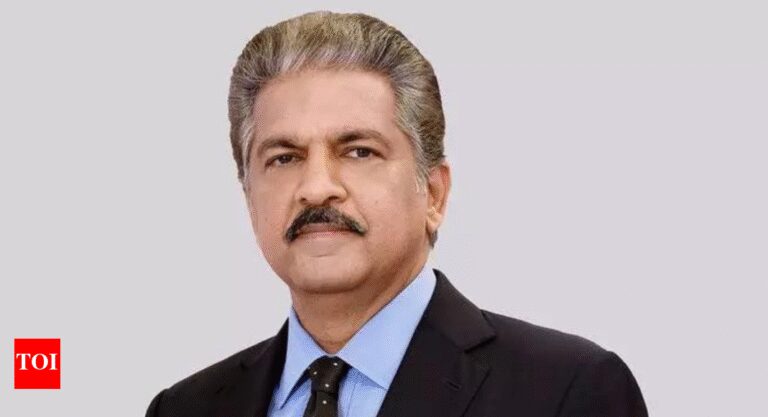The UK will buy at least a dozen new US-made F-35 fighter jets capable of carrying nuclear weapons, as Prime Minister Keir Starmer seeks to curry favor with President Donald Trump while hedging against a pull-back in American security support.
Starmer announced plans to purchase the Lockheed Martin Corp. F-35A stealth fighters ahead of the NATO summit in The Hague on Wednesday, an acquisition that would give the Royal Air Force a nuclear role for first time in a quarter century. In recent years, the UK has depended solely on the continuous deployment of nuclear-armed submarines to provide strategic deterrence against rivals such as Russia.
The announcement coincides with North Atlantic Treaty Organization plans to adopt an ambitious new defense spending target of 5% of economic output during its meeting. The move aims to placate the US president, who has frequently criticized European countries for underspending on their security.
“We’re facing increasing threats, we’re facing rising nuclear risks,” Defense Secretary John Healey told Sky News, adding that a Strategic Defense Review published three weeks ago said the UK should consider purchasing the jets. “This is not the UK taking on a new nuclear weapon, it’s playing a part in the established nuclear mission in NATO.”
While Starmer’s office didn’t say how much the UK plans to spend on the aircraft or when they’ll be delivered, 12 F-35As would cost about $1 billion under recent prices. The prime minister’s office said Britain would host 15% of the supply chain for the jets, supporting some 20,000 jobs.
Starmer is hoping that the deal will be seen as a goodwill gesture by Trump, who expresses relatively strong support for the US alliance with Britain and tends to react enthusiastically to big-ticket international arms deals. It’s a strategy that has produced mixed results so far, with Trump declining European requests for tougher US sanctions against Russia over its invasion of Ukraine and ignoring calls not to launch air strikes on Iran over the weekend.
The plan is consistent with British and French efforts to shore up Europe’s nuclear deterrent in the event that the US pulls back the security umbrella that has protected the continent since the end of World War Two. Europe’s ability to defend itself is in further focus after Trump once again cast doubt on his willingness to honor NATO’s Article 5, which commits the alliance to mutual defense and has been the cornerstone of transatlantic security for decades.
Concerns about aggression by Russian President Vladimir Putin have prompted the UK to quickly warm to the possibility of assuming a greater nuclear role, a subject of fierce political debates over the years. It was less than a decade ago that Starmer’s predecessor as Labour leader, Jeremy Corbyn, refused to back the UK’s costly Trident submarine program.
Commencing discussions with the US on shouldering more of the burden of NATO’s nuclear deterrent was one of the key recommendations in the Strategic Defense Review. The UK is renewing its existing Trident deterrent, investing £15 billion in nuclear warheads and building as many as 12 new nuclear-powered attack submarines as part of the AUKUS defense partnership with Australia and the US.
The latest deal would restore the RAF’s nuclear strike role for the first time since the UK gave up that capability in 1998. While details of any future weapons-sharing arrangements haven’t been made public, past deals preserved US control over the bombs, although they were designated for use by allies in the event of a conflict.
The F-35A was certified in 2023 to carry B61-12 thermonuclear gravity bombs, a tactical nuclear weapon that carries a low-yield warhead. Delivering it safely on an enemy target requires a level of stealth that the fighter jet was built to provide.
“You have to get relatively close to targets in order to drop it,” Justin Bronk, a senior research fellow for airpower and technology at RUSI, told the BBC on Wednesday. “If the RAF is to be given a free-fall nuclear capability as part of the beefed-up deterrent plans, the F-35A is the the only choice.”
With assistance from Ellen Milligan, Ailbhe Rea, Piotr Skolimowski and Tony Halpin.
This article was generated from an automated news agency feed without modifications to text.




